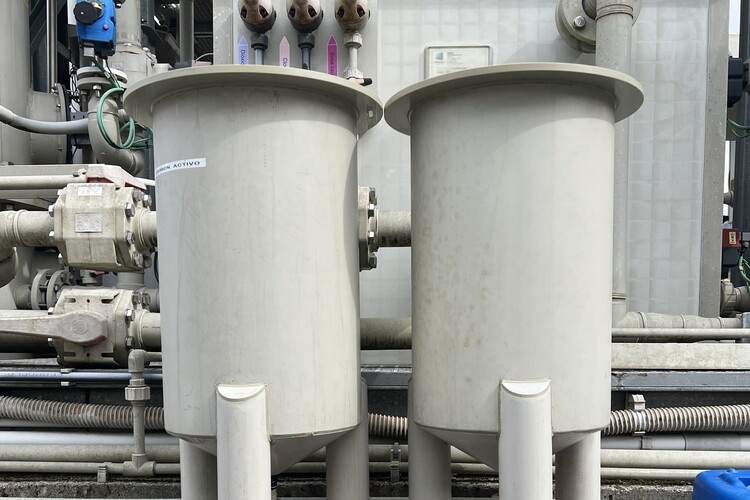Project type: Secondary
Duration: 3 months
Drinking water distribution tanks are particularly affected by chlorine evaporation from water surface, which affects its quality and requires frequent disinfectant re-dosage.
An effective solution would be covering the surface of the tanks at water level, especially in those that are oversized and/or have a very high retention time. This measure could not only prevent chlorine evaporation, but also prevent algae formation by inhibiting photosynthesis, protecting infrastructure from damage caused by chlorine in the environment, and preventing contamination by light impurities such as dust and pollen.
Although there are already plastic covers (made of low-density or foam polyethylene) approved for food use (mainly used in swimming pools), it is possible that some of the volatile or water-soluble compounds in the covers pass into the water.
The effect of the cover on drinking water tanks on chlorine conservation and the formation of disinfection by-products will be analyzed experimentally. The tests will be carried out at CATABB with two 32-liter covered tanks, but one will have an additional floating PE sheet. The effect of the air chamber volume on chlorine concentration and by-product formation (THM) will be studied. These results will enable the optimized design of covers for drinking water tanks


